Luxury brands in China have witnessed significant growth in recent years, fueled by a booming economy and changing consumer preferences. As the market becomes increasingly crowded, luxury brands face the challenge of standing out and capturing the attention of Chinese consumers.
In this context, storytelling has emerged as a key success factor for luxury brands operating in China. Storytelling allows brands to create emotional connections, convey their unique value proposition, and differentiate themselves from competitors. This article will explore the importance of storytelling for luxury brands in China and outline the key factors contributing to their success.
A Few Words on Storytelling
It’s the creation of an emotional universe. Storytelling was born in the 90s in the USA when most of the brands were empty of energy and imagination. Rolf Jensen introduced the notion of a “Dream Society” in 2000:
“The company with the best story wins: consumers will pay for the story that sparks the imagination, that reflects how we see ourselves and how we want others to see us” – Rolf Jensen
Stories are the Most Important Raw Materials of the 21st Century
Storytelling builds the core, the essentials of the brand like its history, characters, collections, culture, values… It also awakes the customers’ sensibility, settles a long-lasting, loyal, and emotional relationship, and creates expectancy and impatience. The final point is to create a sense of belonging by making storytelling the “soulmate” and the love story of the brand.
Storytelling is described as “The machine for making stories and formatting minds.” – Christian Salmon
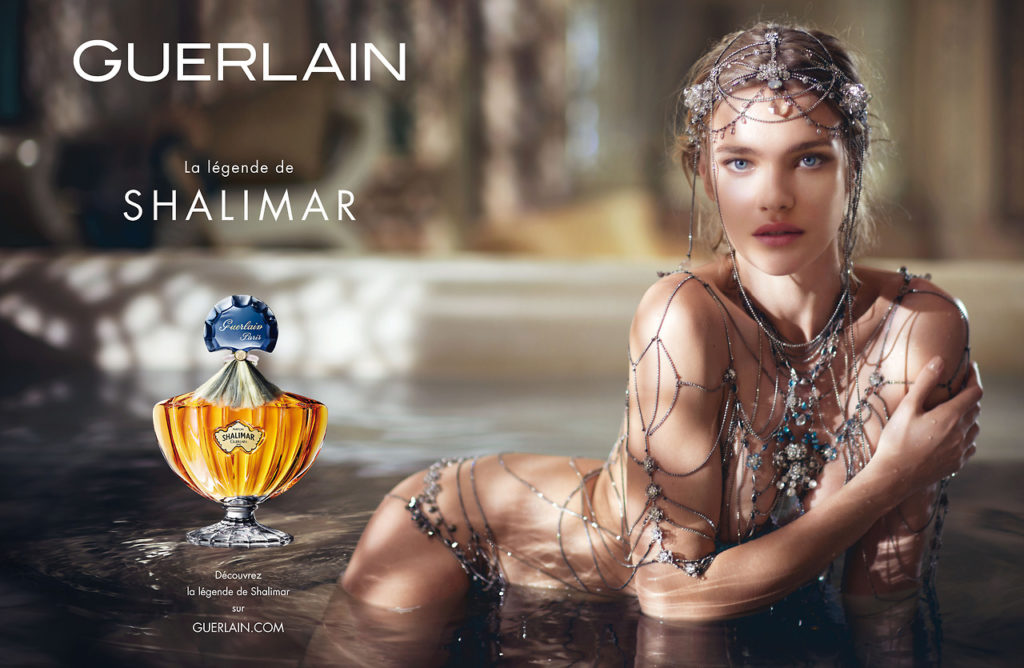
Storytelling is Owned, Paid but Not Earned
Owned cause represents everything that belongs to the brand; its History, heritage, know-how, founders, employees, retail, head office, marketing, brand extension…
Storytelling is paid because influence is built, through advertising, PR, events, corporate communication, video, digital activity, books, ambassadors…
And finally, storytelling is earned: out of control, the influence comes from outside and can be it positive or negative. Storytelling can be expressed for example by fame, word-of-mouth, buzz, brand performing, auction sales, coping with a crisis, or internal conflicts.
Overview of the Chinese Luxury Market
The Chinese luxury market has experienced remarkable growth, with an estimated worth of approximately $48 billion in 2022. This market is projected to continue expanding in the foreseeable future.
Fashion and accessories form the largest segments within the Chinese luxury market, showcasing strong demand among consumers. Following closely behind are beauty and personal care products, which also hold significant market share. Luxury cars and watches are additional categories that enjoy popularity and contribute to the overall growth of the Chinese luxury market.
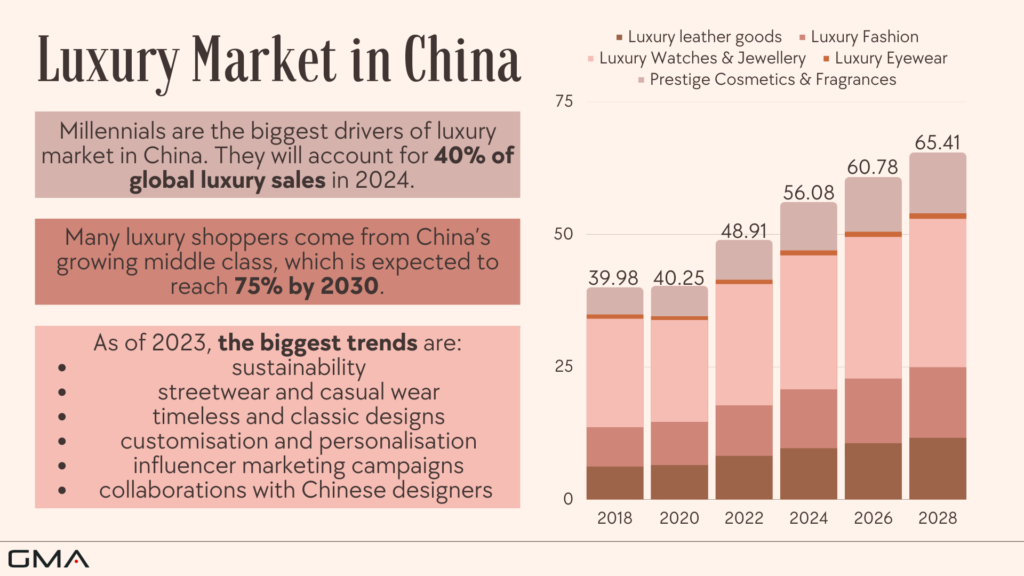
China has emerged as a dominant player in the Fashion & Apparel Market, surpassing the USA by the end of 2020. The Chinese fashion market has experienced remarkable growth over the past decade, expanding nearly fourfold and reaching a value of $266 billion in 2022. This market shows no signs of slowing down, with an impressive annual growth rate of 25%.
Not only is China a lucrative market for fashion brands, but it also holds immense promise for future growth. According to McKinsey, Chinese shoppers are projected to account for a staggering 40% of the world’s luxury spending by 2025. This indicates the vast potential of the Chinese market, with brands having the opportunity to attract over 1 million consumers simply by focusing their marketing strategies on China. The scale of the market and its growth trajectory make it an enticing prospect for fashion brands seeking expansion and success.
The Power of Storytelling
Storytelling is the art of conveying a narrative or message through compelling and engaging means. It goes beyond mere factual information and taps into the power of emotions, imagination, and human experiences.
In the context of luxury brands, storytelling serves as a powerful tool for connecting with consumers on a deeper level and creating lasting impressions. It allows brands to communicate their values, heritage, and unique offerings in a way that resonates with consumers.

Storytelling has the ability to evoke emotions and forge a strong emotional connection between luxury brands and consumers. By sharing stories that evoke desire, aspiration, and admiration, brands can create an emotional bond that transcends transactional relationships. When consumers feel emotionally connected to a brand, they are more likely to develop brand loyalty and advocate for the brand, ultimately leading to repeat purchases and long-term customer relationships.
In a crowded luxury market, storytelling becomes a critical means for differentiating brands from their competitors. Luxury brands can leverage storytelling to communicate their unique brand proposition, craftsmanship, heritage, and values. By showcasing their distinct narratives, luxury brands can establish a sense of exclusivity and create a perception of desirability.
Effective storytelling enables brands to stand out, capture attention, and leave a lasting impression in the minds of consumers.
Elements of Effective Storytelling for Luxury Brands in China
Authenticity and Heritage
In the Chinese luxury market, authenticity and heritage play a crucial role in storytelling. Chinese consumers value brands with a rich history and genuine craftsmanship. Luxury brands can effectively engage Chinese consumers by showcasing their authentic origins, craftsmanship techniques, and heritage. Incorporating stories that highlight the brand’s legacy and commitment to preserving traditions can establish a sense of trust, credibility, and exclusivity.
Cultural Relevance and Symbolism
Storytelling for luxury brands in China should be culturally relevant and resonate with the local audience. Chinese consumers appreciate narratives that reflect their cultural values, traditions, and aspirations. Brands can incorporate symbolic elements, such as auspicious motifs, traditional festivals, or iconic landmarks, to create a deeper connection with consumers. By aligning their narratives with Chinese culture and symbolism, luxury brands can enhance their appeal and relevance in the market.
Exclusivity and Craftsmanship
Luxury brands can captivate Chinese consumers by emphasizing the exclusivity and craftsmanship behind their products. Storytelling should highlight the meticulous attention to detail, exceptional materials, and craftsmanship that go into creating luxury goods.
By showcasing the dedication, skill, and time invested in each product, brands can enhance their perceived value and desirability, appealing to the discerning tastes of Chinese luxury consumers.
Celebrity Endorsements and Collaborations
Celebrity endorsements and collaborations can be powerful storytelling tools in the Chinese luxury market. Partnering with influential Chinese celebrities or Key opinion leaders (KOLs) can help luxury brands amplify their stories and create aspirational associations.
By aligning with personalities who embody the brand’s values and aesthetics, luxury brands can leverage the influence and reach of these celebrities to engage with their target audience effectively.
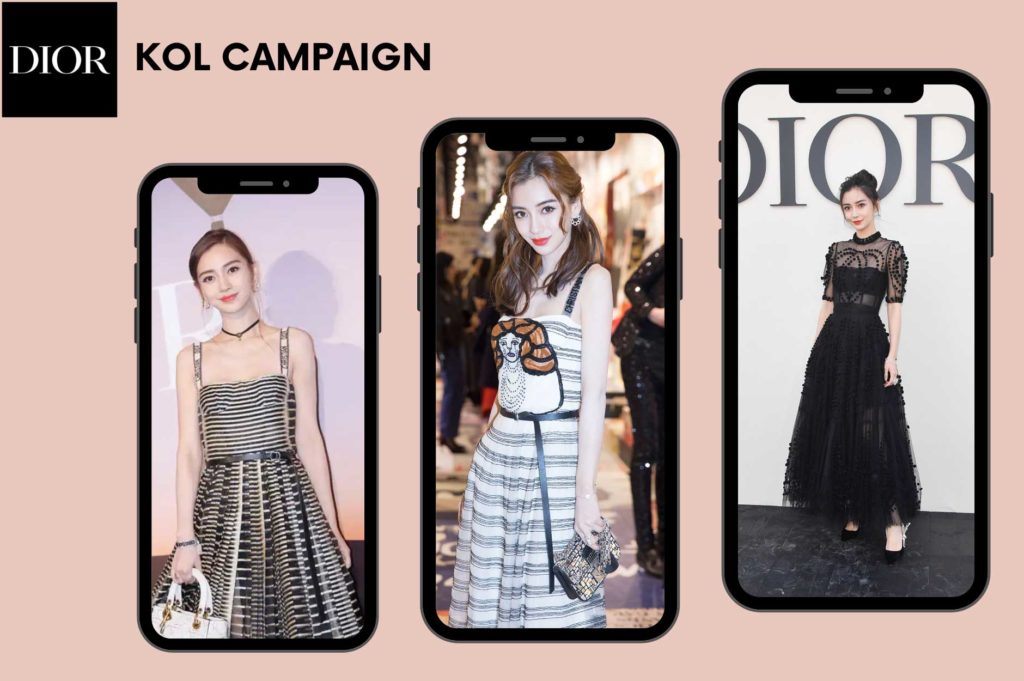
Digital and Social Media Integration
In the digital age, luxury brands must integrate storytelling into their digital and social media platforms to effectively reach Chinese consumers. Leveraging popular Chinese social media platforms, such as WeChat, Weibo, and Douyin (TikTok), allows brands to share their narratives through engaging and interactive content formats.
By utilizing visual storytelling, videos, live streams, and user-generated content, luxury brands can create immersive brand experiences and foster a sense of community among Chinese consumers.
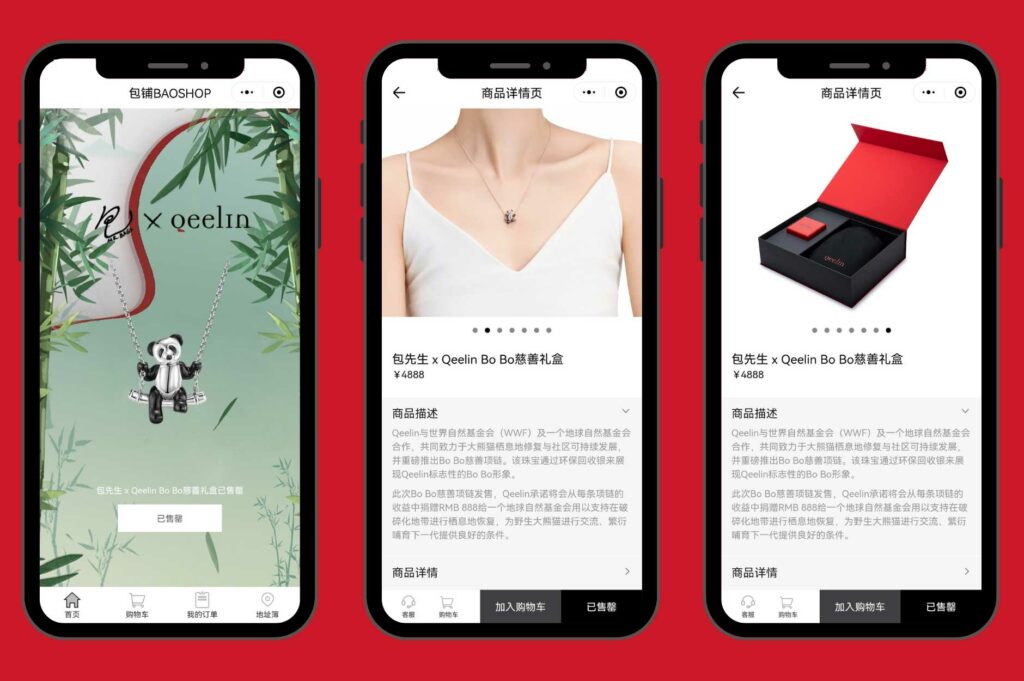
Case Studies: Successful Storytelling in the Chinese Luxury Market
Louis Vuitton’s “Voyages” Campaign
Louis Vuitton, a renowned luxury brand, launched its “Voyages” campaign in China, effectively engaging Chinese consumers through storytelling. The campaign celebrated the brand’s heritage as a luxury travel companion and highlighted the spirit of exploration and adventure.
Louis Vuitton showcased its iconic luggage and travel accessories in captivating visuals, immersing consumers in a world of luxury travel experiences. By evoking a sense of wanderlust and aspiration, the brand successfully created a narrative that resonated with Chinese consumers’ desire for exploration and luxury.
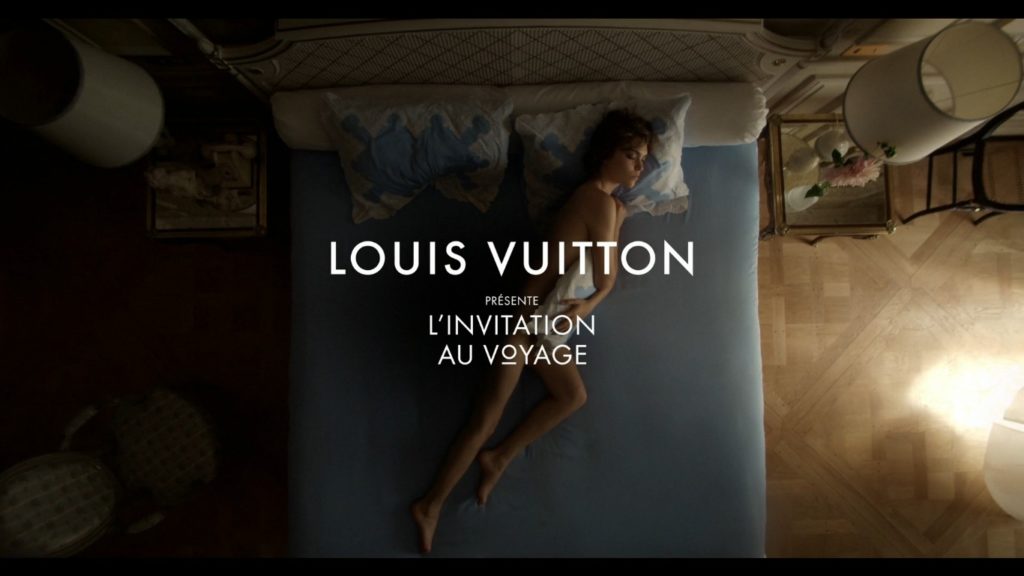
Gucci’s “The Alchemist’s Garden” Fragrance Collection
Gucci, a prominent luxury fashion brand, leveraged storytelling in its “The Alchemist’s Garden” fragrance collection to captivate the Chinese market. The collection was inspired by the world of alchemy, inviting consumers into a mystical and enchanting realm. Gucci crafted a narrative around the transformative power of fragrances and the artistry involved in their creation.
By weaving stories of magical potions and unique ingredients, Gucci created an emotional connection with consumers, enticing them to explore the collection and experience the brand’s luxurious fragrances.

Chanel’s Incorporation of Chinese Culture in Collections
Chanel, an iconic luxury brand, successfully incorporated Chinese culture into its collections, showcasing effective storytelling. The brand integrated traditional Chinese elements, such as auspicious symbols, calligraphy, and traditional craftsmanship, into its designs.
Chanel’s narratives highlighted the fusion of Western elegance with Chinese aesthetics, appealing to Chinese consumers’ appreciation for their cultural heritage. By incorporating Chinese culture authentically and respectfully, Chanel created a sense of cultural pride and exclusivity, resonating with the aspirations and values of the Chinese luxury market.
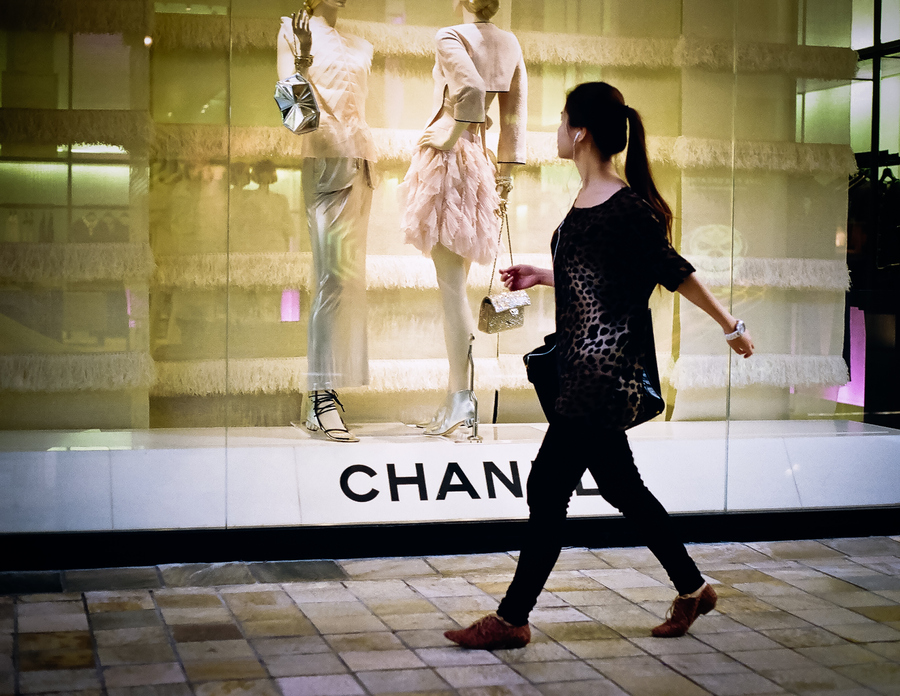
Overcoming Challenges and Future Trends
Luxury brands in China face the challenge of balancing tradition with innovation. While Chinese consumers value heritage and craftsmanship, they also seek new and unique experiences. Successful brands find ways to blend traditional elements with modern innovations to create compelling narratives that resonate with both traditional and forward-thinking consumers.
Chinese consumers’ expectations are constantly evolving, driven by factors such as digital advancements, changing lifestyles, and increased awareness of sustainability. Luxury brands must stay attuned to these shifts and adapt their storytelling strategies accordingly. This involves understanding consumer preferences, embracing new technologies, and addressing sustainability concerns to meet the changing expectations of Chinese luxury consumers.
Several trends are shaping the Chinese luxury market. Personalization and customization have gained traction, as consumers seek unique and personalized experiences. Brands that can incorporate personalization into their storytelling efforts stand to capture the attention of Chinese consumers.
Additionally, the rise of conscious consumerism has prompted an increased focus on sustainability and ethical practices. Luxury brands that can integrate sustainability narratives into their storytelling are likely to appeal to environmentally conscious Chinese consumers.
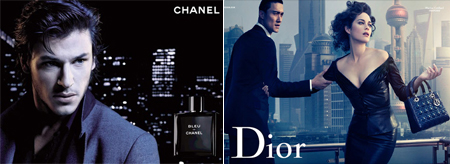
Partner with Us: Unleash the Power of Storytelling for Your Luxury Brand in China
Storytelling is a key success factor for luxury brands in China. It allows brands to create emotional connections, differentiate themselves, and engage with Chinese consumers on a deeper level. Effective storytelling helps build brand loyalty, establish authenticity, and resonate with the cultural values and aspirations of the Chinese market.
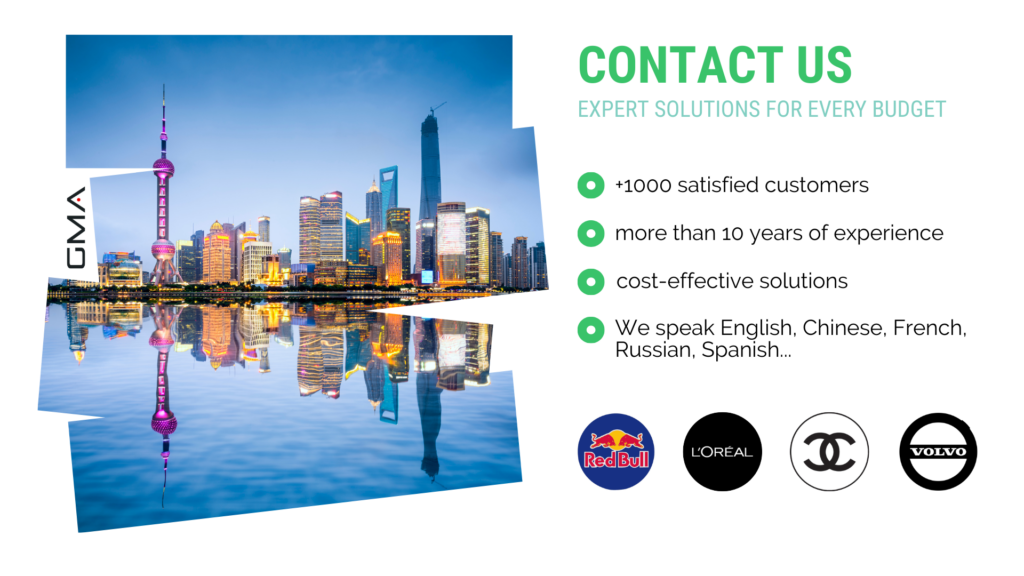
The future of storytelling in the Chinese luxury market looks promising. With the continued growth of the middle class and their increasing purchasing power, the demand for luxury goods and experiences will continue to rise. Brands that can master the art of storytelling and create meaningful connections with Chinese consumers will be well-positioned for success.
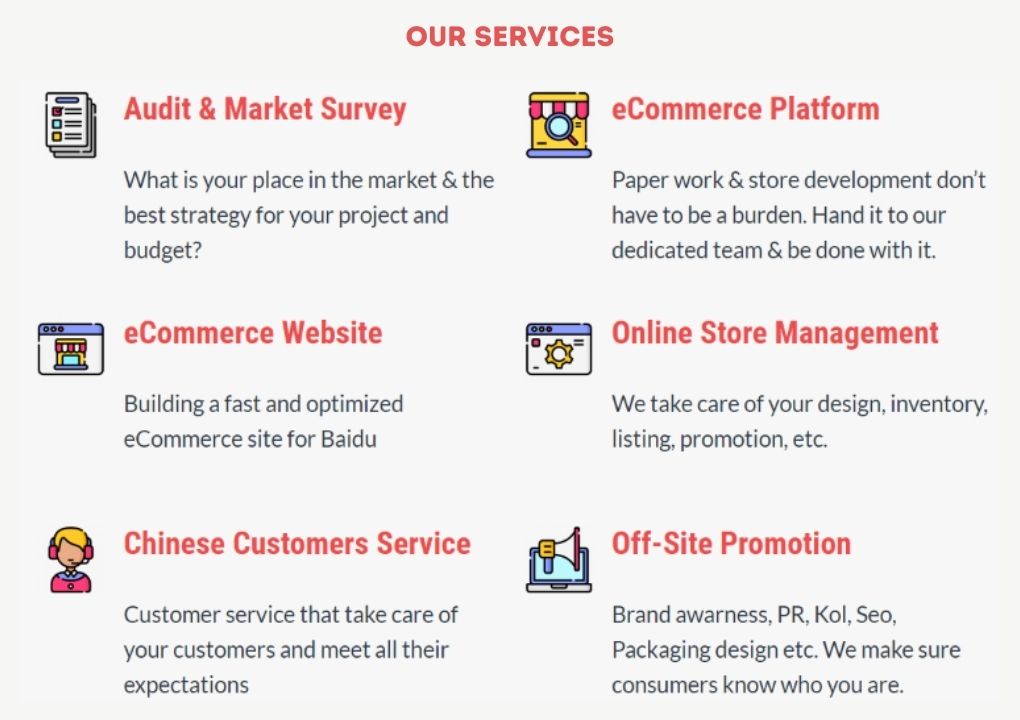
As an agency specializing in luxury brand storytelling, we understand the nuances of the Chinese market and can help brands navigate the challenges and opportunities it presents. Don’t hesitate to contact us to leverage our expertise and create compelling storytelling strategies tailored to the Chinese luxury market. Together, we can unlock the full potential of storytelling for your brand in China.



1 comment